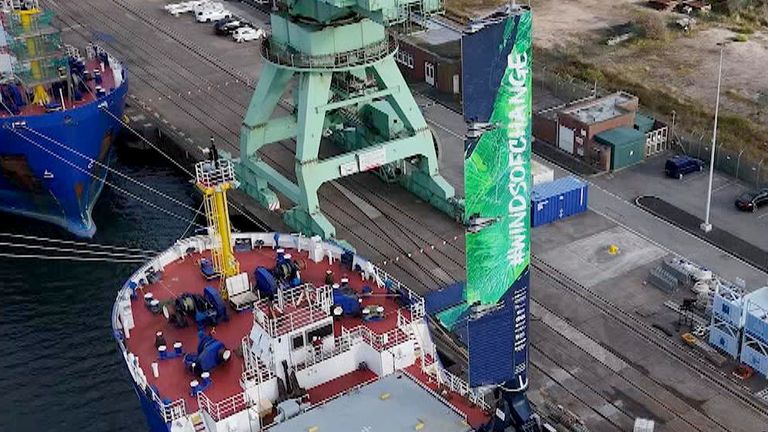NASA's Perseverance rover has uncovered a treasure trove of diverse and intriguing rocks while exploring an ancient river channel on Mars, providing scientists with new insights into the Red Planet's geological history.
What was initially seen as a mere shortcut through Neretva Vallis to avoid wheel-damaging boulders has turned into a scientific goldmine.
The rover's detour through a dune field not only cut weeks off its journey to the "Bright Angel" area but also presented researchers with an unexpected opportunity to study fascinating geological features within an ancient Martian waterway.
"The diversity of textures and compositions at Mount Washburn was an exciting discovery for the team, as these rocks represent a grab bag of geologic gifts brought down from the crater rim and potentially beyond," Brad Garczynski of Western Washington University in Bellingham, the co-lead of the current science campaign, said in a statement.
One of the most exciting discoveries came at a location dubbed "Mount Washburn," where Perseverance encountered a variety of rock types previously unseen on Mars.
Among the diverse collection of blue rocks at Mount Washburn, one boulder stood out dramatically.
Nicknamed "Atoko Point," this light-colored, speckled rock measures about 18 inches wide and 14 inches tall. Analysis using the rover's SuperCam and Mastcam-Z instruments revealed that Atoko Point is composed of pyroxene and feldspar minerals.
What makes Atoko Point truly unique is its mineral composition, crystal structure, and, potentially, its chemical makeup. Scientists are debating its origin, with some speculating it formed in a subsurface magma body now exposed on the crater rim, while others propose it may have been transported from far beyond Jezero Crater by ancient Martian waters.
The blue rocks and Atoko Point were initially photographed in June. Newsweek reached out to Garczynski via social media for an update on the findings.
The discovery of Atoko Point and other diverse rock types in the Neretva Vallis channel is helping scientists piece together Mars' complex geological past. These findings could provide crucial information about the planet's volcanic activity, water flow patterns, and potential for past habitability.
In an update on Thursday, NASA said that the rover is continuing its journey up the Jezero crater rim.
"This steep ascent through the Martian regolith (soil) can prove to be slow driving for the rover, as the wheels can slip on the steepest areas," the agency said in the update. "This is like trying to run up a hill of sand on a beach—with every step forward, you also slip back a little way down the hill."
Do you have a tip on a science story that Newsweek should be covering? Do you have a question about Mars? Let us know via science@newsweek.com.
Disclaimer: The copyright of this article belongs to the original author. Reposting this article is solely for the purpose of information dissemination and does not constitute any investment advice. If there is any infringement, please contact us immediately. We will make corrections or deletions as necessary. Thank you.



